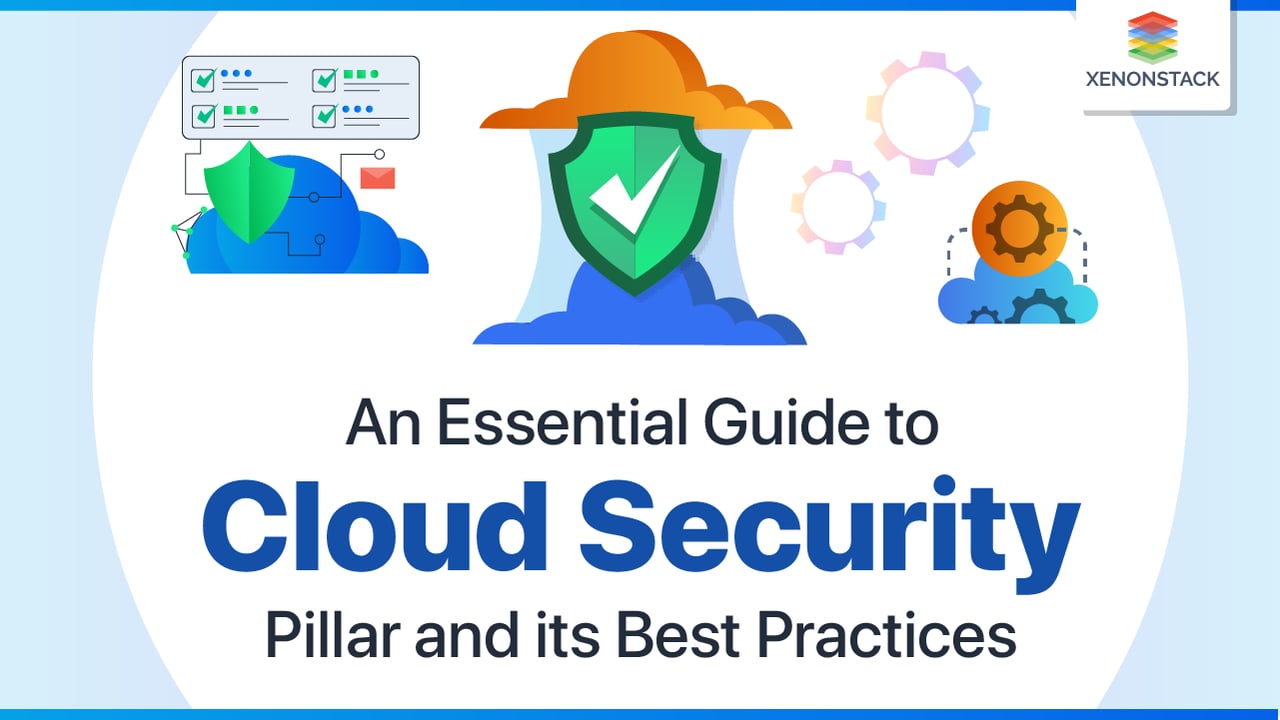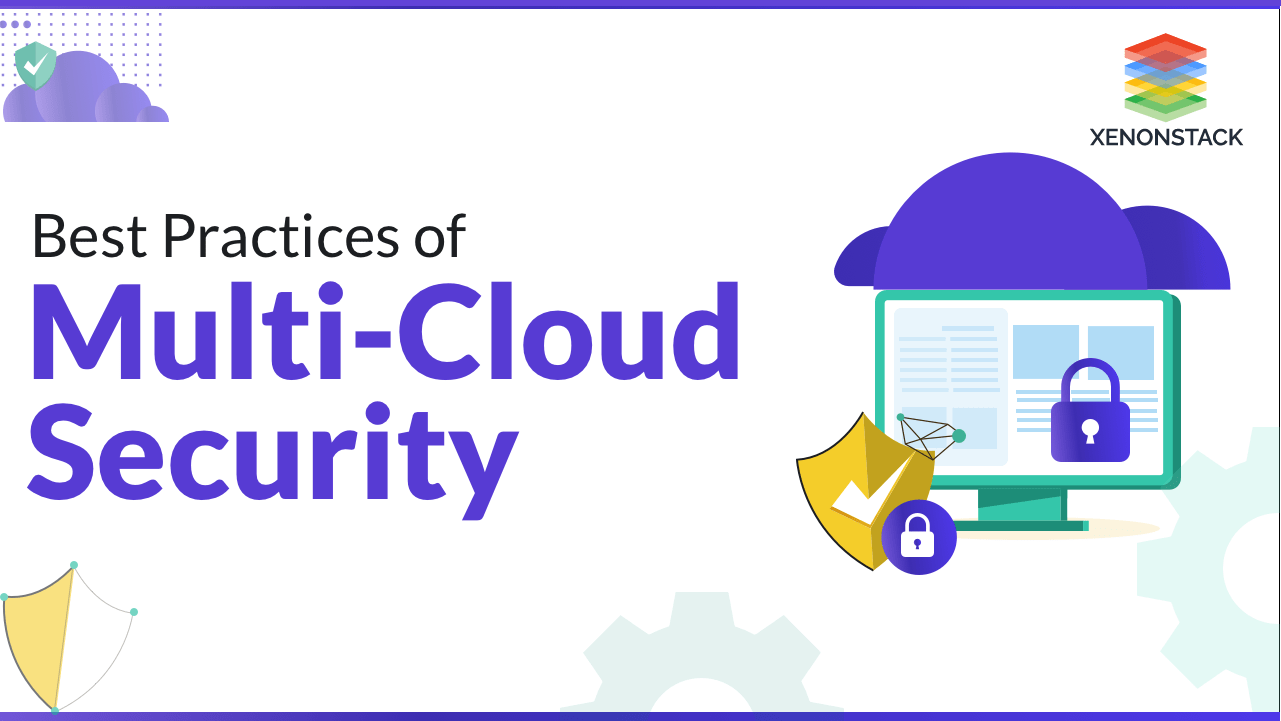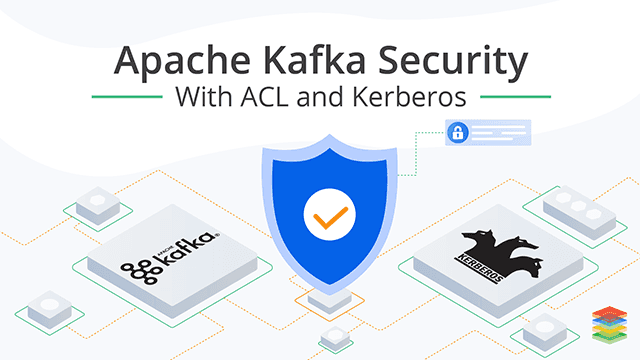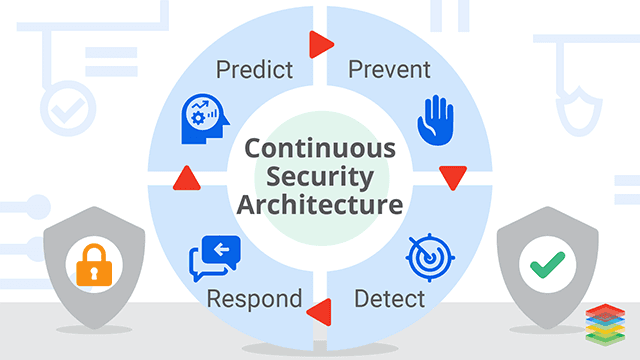
Introduction to Cloud Security
Cloud security refers to the measures and technologies used to protect data, applications, and infrastructure in a cloud computing environment. As more organizations adopt cloud computing, the need for cloud security has become increasingly important. Cloud security includes many practices and technologies, such as identity and access management, encryption, and threat detection and response. Additionally, cloud security providers offer various solutions and services to help organizations protect their data and applications in the cloud. Due to the dynamic and ever-changing nature of cloud environments, it's essential for organizations to continuously monitor and adapt their cloud security strategies to protect against emerging threats and vulnerabilities.
A critical component of modern security monitoring and incident response efforts. Taken From Article, Threat Intelligence for Security Monitoring
Six Pillars of Cloud Security
Even though there are some differences between cloud and traditional security, organizations can still adopt a robust stance against cyber threats in the cloud by applying a similar due diligence approach as they would for their on-premises environment.
The following is a breakdown of the six pillars of cloud security, which you can use to achieve robust security in the cloud.
Secure Access Controls
A robust security framework should begin with implementing secure Identity Access Management (IAM) protocols. It's essential to ensure that team members only have access to the systems, assets, and APIs they need to perform their job duties, and as privileges increase, the level of authentication required to gain access should also increase. Additionally, employees should be responsible for their security through enforced password policies.
Zero-Trust Network Security Controls
To protect critical assets and applications, it's essential to place them in isolated sections of the cloud network, for example, in a virtual private cloud through AWS or vNET through Microsoft Azure. This will help you to separate secure workloads from those that don't require as much security and apply strict security policies to these micro-segments.
Change Management
Using change management protocols offered by your cloud security provider to govern changes and enforce compliance controls is essential. This will apply to any requested changes, provision of new servers, or when sensitive assets are moved or altered. Change management applications provide auditing functionality that detects unusual behavior and deviations from protocols, allowing you to investigate or trigger automatic mitigation to correct the issue.
Web Application Firewall
A web application firewall (WAF) can help to increase security by closely monitoring traffic entering and leaving web applications and servers. It can detect and alert administrators to unusual behavior, preventing breaches and enhancing endpoint security.
Data Protection
To increase data security, organizations should implement encryption at every transport layer. Security protocols should also be applied to file sharing, communication applications, and other areas where data is stored, used, or transmitted within the environment.
Continuous Monitoring
Cloud security providers can often provide insight into cloud-native logs by comparing them with internal logs from other security tools such as asset management, change management, vulnerability scanners, and external threat intelligence. This can speed up incident response times and facilitate the implementation of remediation workflows.
Cloud monitoring, detection, and response strategies, several organizations are contemplating the use of observability and security event orientation. Taken From Article, Integrated Approach to Cloud Native Security and Observability
What are the Best Practices of Cloud Security?
- Implement multi-factor authentication (MFA): MFA adds an extra layer of security by requiring users to provide multiple forms of identification before accessing cloud resources. This can include something the user knows (e.g., a password), something the user has (e.g., a security token or mobile device), or something the user has (e.g., biometric information).
- Regularly review and monitor network activity: Regularly monitoring and analyzing network traffic can help detect and prevent unauthorized access or malicious activity. This includes monitoring for unusual or suspicious activity, such as unexpected traffic patterns or failed login attempts.
- Use encryption for all data stored in the cloud: Encrypting data at rest and in transit can help protect it from unauthorized access or disclosure. This includes encrypting data stored on servers, in databases, backups, and data sent over networks.
- Keep all software and systems updated: Keeping all software and systems updated with the latest security patches can help prevent known vulnerabilities from being exploited. This includes operating systems, applications, and security software.
- Limit access to sensitive data: Access to sensitive data should be limited to only those who need it, and access should be granted on a least-privilege basis. This means only granting the minimum access necessary to perform a specific task.
- Regularly perform security audits and vulnerability assessments: Regularly performing security audits and vulnerability assessments can help identify and address potential security issues. This includes both internal and external assessments.
- Have a disaster recovery plan in place: Having a disaster recovery plan in place can help minimize the impact of a security breach or other disruptive event. This includes having a plan for restoring data and systems, as well as a plan for communicating with stakeholders.
- Use a cloud service provider with a strong security track record and compliance certifications: Choose one with a strong security track record and compliance certifications, such as SOC 2 or ISO 27001. This can help ensure the provider uses industry best practices and standards to protect your data.
Insiders always have access to critical information within an organization and can bypass security control easily. Taken From Article, Impact of Insider Threats in Cyber Security
What are the Challenges of Cloud Security?
Some of the advanced security challenges faced by organizations that utilize cloud computing include:
- Protecting sensitive data and intellectual property from unauthorized access or breaches.
- Ensuring compliance with industry regulations and standards.
- Managing and securing multi-cloud or hybrid environments.
- Securing access to cloud resources and applications.
- Detecting and responding to threats and vulnerabilities promptly.
- Managing and monitoring cloud infrastructure and services effectively.
- Ensuring the security of 3rd party and open-source software and services used in the cloud.
- Managing and securing data in transit and at rest.
- Providing secure access to remote workers and devices.
- Managing and securing containers and serverless functions.
Let's discuss some of these challenges in detail -
Increased Attack Surface
The public cloud has become a prime target for cybercriminals looking to exploit vulnerabilities in cloud ingress ports to gain access and disrupt workloads and data. Today, organizations must be prepared to defend against a range of malicious threats such as malware, zero-day attacks, and account takeovers.
Lack of Visibility and Tracking
In the Infrastructure as a Service (IaaS) model, cloud providers have complete control over the infrastructure layer and do not give customers access. This lack of visibility and control becomes even more significant in the Platform as a Service (PaaS) and Software as a Service (SaaS) cloud models. As a result, cloud customers may need help to accurately identify and evaluate their cloud assets and clearly understand their cloud environment.
Ever-Changing Workloads
Cloud assets are constantly being created and removed quickly, making it difficult for traditional security tools to keep up and apply protection policies effectively. This is due to cloud environments' dynamic and rapidly changing nature, which have many temporary workloads. These security tools need to be better suited to handle the flexibility and scale of the cloud.
Granular Privilege and Key Management
Cloud user roles are often configured to grant excessive privileges, which can lead to unintended or unnecessary access. For example, granting database delete or write permissions to un-trained users who do not need to delete or add database assets. At the application level, security risks can be introduced by misconfigured keys and privileges that expose sessions.
Complex Environments
Ensuring consistent security in hybrid and multi-cloud environments, which are becoming increasingly popular among enterprises, requires methods and tools that can work seamlessly across different types of cloud providers, such as public cloud providers, private cloud providers, and on-premise deployments, as well as branch office edge protection for organizations with multiple locations.
Cloud Compliance and Governance
Major cloud providers comply with well-known accreditation programs such as PCI 3.2, NIST 800-53, HIPAA, and GDPR. However, the customer's responsible for ensuring that their workloads and data processes comply with these standards. Due to the lack of visibility and the dynamic nature of cloud environments, it can be easier to conduct compliance audits using tools that provide continuous compliance checks and real-time alerts for misconfigurations.
Conclusion
Cloud computing is widespread among organizations, and ensuring its security is essential. However, many IT professionals hesitate to move more data and applications to the cloud due to security, governance, and compliance concerns. They worry that sensitive corporate information and intellectual property may be exposed through unintentional leaks or cyber-attacks. Data that must be protected in the cloud include client orders, confidential design documents, and financial records. To maintain customer trust and safeguard assets that give a competitive edge, it is crucial to prevent data breaches and theft through effective cloud security measures. For any company considering a move to the cloud, the ability to protect its data and provide support is paramount.
- Discover more about the Role of DevSecOps in CI/CD
- Click to explore Secure Coding Best Practices and Its Checklist


